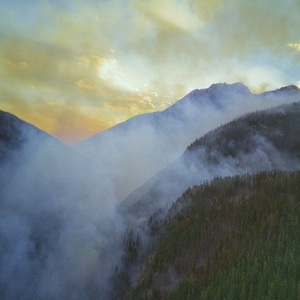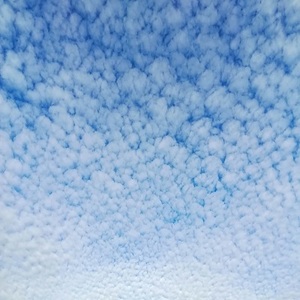

From fire whirls, and fire tornadoes, to thunderclouds generated by fires, called pyrocumulonimbus, the ability of wildfires to generate their own weather is well documented. One lesser known power that wildfires can have on weather, which is the subject of a 2021 study lead authored by Dr. Cynthia Twohy of NorthWest Research Associates, is fire’s ability to reinforce drought conditions by causing clouds to produce less rain.
When any wildfire burns, it sends up particles into the atmosphere. In order for water vapor to condense in the atmosphere, it needs a very small “something” to condense onto. That small particle is called a cloud condensation nuclei, or CCN. CCN’s can be as small as one seven-hundredth the thickness of a human hair. Thus, at first glance, it would appear that the particles released from wildfires would be conducive to producing more droplets, and that would be correct. However, more cloud droplets, in this case, comes at the expense of actual rain droplets, large enough to fall out of the cloud.
In this latest study, for mid-altitude altocumulus clouds measured with instruments aboard a C-130 research plane, the researchers discovered that clouds in smoky areas had five times as many cloud droplets compared to similar clouds in clean air. Moreover, the droplets within smoky clouds were half the size of those in clean clouds. This combination of more, smaller cloud droplets in smoky clouds actually makes it harder for them to grow into drops big enough to fall as rain.
Thus, ongoing wildfires can actually reinforce drought by creating a feedback loop. In this case, more wildfires produce more smoke, which leads to clouds producing less rain, which only leads to a worsening drought and more wildfires. These types of feedback loops are important for scientists to understand as they seek to model how future climate will evolve, and along with that, climate extremes.

